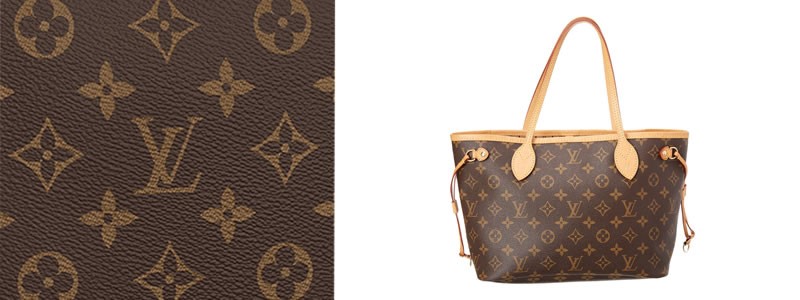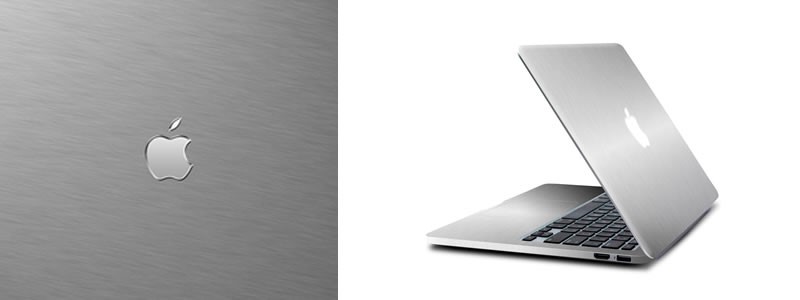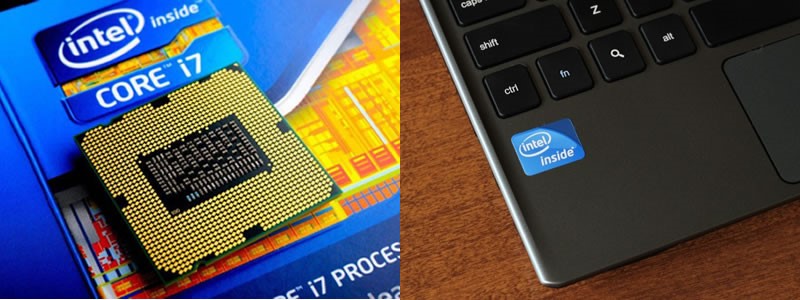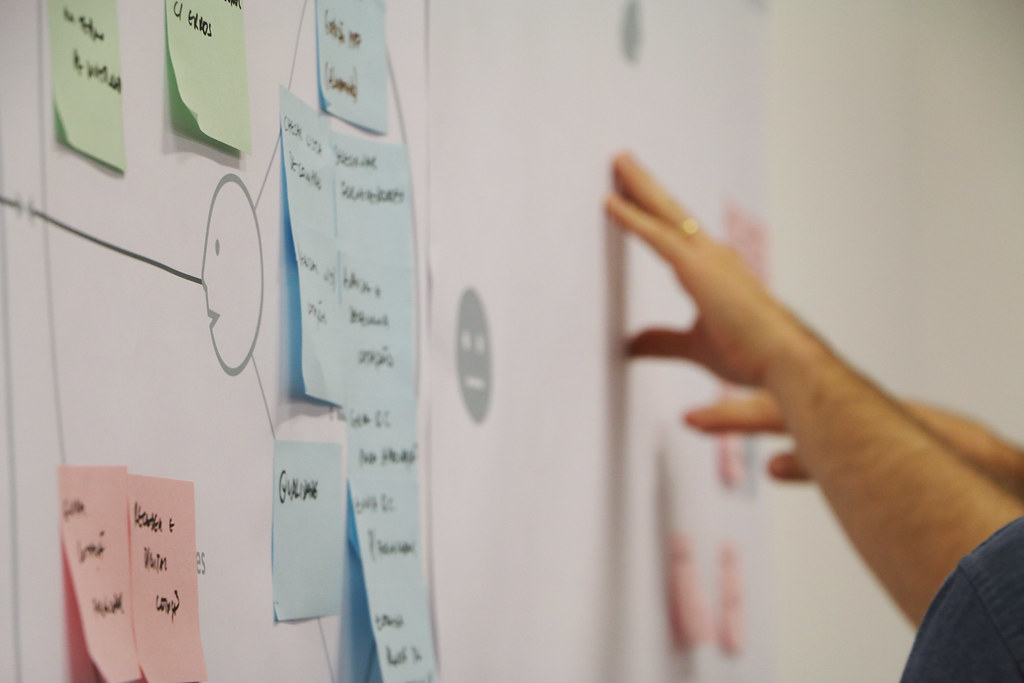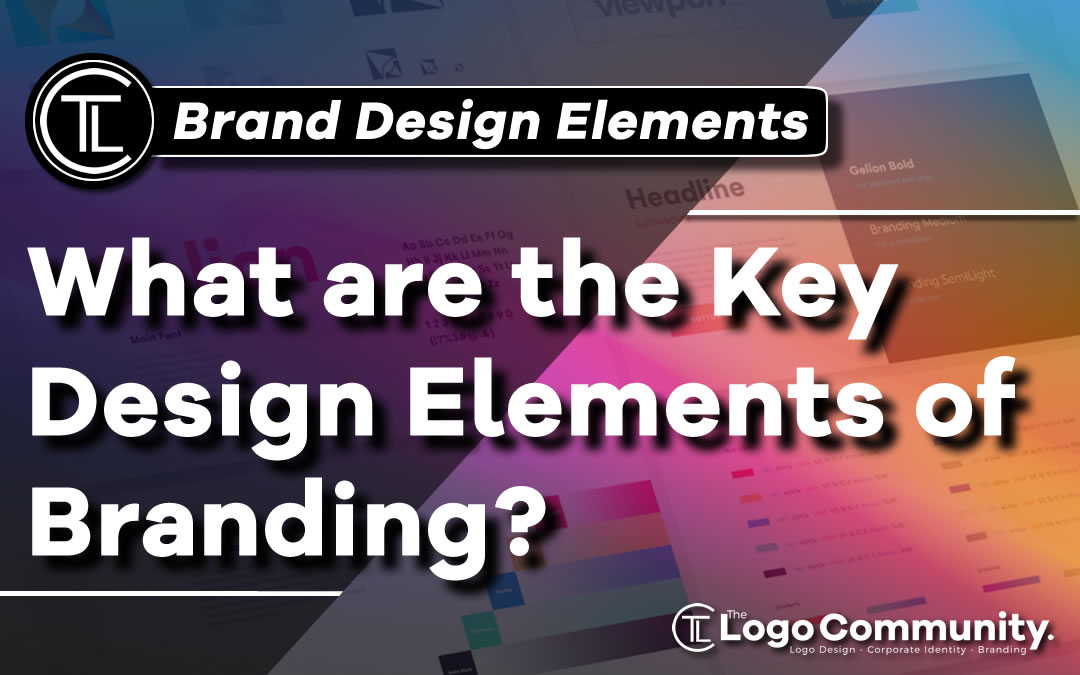
Branding is a very complicated subject Brand design is a lot more than a logo, logos are really important for a brands visual identity and one of the most valuable assets, everybody has a logo my accountant has a logo, and though logos are very important they are only a very small piece of it. In this article we are going to answer the question of what are the key design elements of branding?
There are billions and billions of logos in the world and every brand need one but there is a lot more work to do when it comes to branding.
While we are on the subject of logos, visual Identity and branding lets help clear the air and quickly define what these terms actually mean as they certainly get mixed up and used incorrectly all the time even by designers themselves.
Table of Contents
Logo
A logo is a brands visual identifier and its sole purpose is to do just that. According to Wikipedia
“A logo is a graphic mark, emblem, or symbol used to aid and promote public identification and recognition. It may be of an abstract or figurative design or include the text of the name it represents as in a wordmark.”
There are many different types of logo designs such as:
- Wordmark/ logotype
- Lettermark/Monogram
- Symbol/Icon/Abstract or Brand mark
- Combination mark
- Emblem
Each serve a different purpose, and best used for different types of brands. For instance a pictorial mark such as a symbol/icon/Abstract or brand mark like Apple or Nike with no supporting text like the brand name or tag line would not be ideal for a start-up business as nobody knows a start-up brand so that brand mark will not communicate the message effectively to its consumers as it’s a new brand, and loyalty and trust needs to be established first for that brand to gain a tribe so they understand the brand mark and its message.
Over the years a lot of globally established brands have gone to great lengths to simplify their brand logo by removing parts of the wording like Dunkin’ or dropped the wording completely from their such as MasterCard, Deutsche Bank, Starbucks, McDonalds, Nike, Apple to name a few which in my opinion is a good move and says a lot for the actual brand.
Identity
So what is a Brand Identity? Identity is all part of the visual language that an organisation uses to identify itself to the world. Things that can be included in a brand identity project depending on the identity project scope are:
- Market Research / Competitor Analysis
- Brand Positioning
- Brand Strategy
- Brand Naming
- Brand Taglines/Straplines
- Descriptor, Mission and Vision Statement
- Creative Brief
- The Logo
- Typographic Style
- Colour Palette
- Photography
- Illustrations
- Language
- Tone of Voice
Corporate Identity
A corporate Identity focuses on a visual identity for a business as opposed to a product, for instance. It is the same as ‘identity’ but usually refers to the actual organisation only.
Branding
Branding as a whole is a much wider and broader subject. The branding itself included identity, corporate identity and a range of other things such as how your customers interact and feel about the organisation or product.
Branding includes a range of brand touchpoints including experiential marketing or engagement marketing, Public relations, events, and a range of other brand touch points.
In fact many clients often refer to a branding project when they actually mean an identity project and it’s always best to discuss the scope of such projects through with the client.
The brand design elements we are going to discuss in this article are part of a brand ecosystem, your brand ecosystem, and the visual aspect of your brand is going to show up in a lot of places and I call these places brand touch points they’re places like your website or email or print, broadcast, ecommerce, social media, video, digital marketing, there are a million places where your brand is going to show up and you want to make sure that your brand shows up in a very consistent way across all of these brand touch points.
What are the Key Design Elements of Branding?
Now let’s dive in and discuss What are the Key Design Elements of Branding?.
Logo Design
First of all we have the logo and every brand needs to have a logo, it should be simple!, Logo can be either monochrome pure black, a single colour but no more than two colours in use, and very few logos have more than three colours so keep it simple!
Fonts
You should choose a single font or two fonts for your brand generally a main font, this could be the font that actually appears in your brand identity or logo, and a secondary font.
Fonts have personalities and there many fonts to choose from such as serif fonts and san serif fonts there are other personality type fonts and handwritten fonts.
The font says a lot about your brand so be very thoughtful, and careful when you choose the fonts that are going to be associated in a very consistent way with your brand.
Colour Palette
Colour has an incredible psychological power, colours mean things so you want to develop a colour palette for your brand.
Lots of brand colour palettes have maybe three to four or sometimes five colours in them, so you want to develop a brand colour palette that speaks a lot about the psychology and the strategy behind what it is that you do, and what it is that you offer
Colour is going to speak to your consumer to your customer avatar so you don’t want to think about just the colour that you personally like but what is the colour that your customer is going to respond to?, what are they going to like? think about it in terms of your end consumer.
Pattern and Texture
A lot of people forget about pattern and texture but this is a key design element that can be leveraged to be able to recognise you and your brand when people come across you like the Louis Vuitton pattern that happens on all of their bags.
The brushed metal that Apple uses is another familiar one and good example, these are very recognizable textures and patterns that they use consistently to great effect to help people recognize their brands.
Photography & Animation
There are millions of photography styles out there and choosing one style and using it consistently across all of your brand touch points can really help solidify how your brand is recognized when people come across it in your brand ecosystem, and across all of your brand touch points. Have a good think about developing or choosing a photography style.
Illustration and Iconography
Just like photography there are a million illustration and iconography Styles out there, and by choosing one that goes along with your brand and blends with your logo and your visual elements such as you’re colour palette etc, and using that really consistently it can be a way to establish a vocabulary for your brand that becomes really recognisable.
Sound
Sound is one element that very few people think about when it comes to branding, but sound is a way that you can brand yourself.
Think about Intel and their Intel Inside sound, it goes bum…bum…bum…bum! And whenever you hear that you think Intel Inside until you use as sound as a branding element.
Layout
Using a particular type of layout or style of layout consistently across all of your brand touch points is another great way to establish a strong brand vocabulary that people are going to be able to recognise.
Tone of Voice
Tone of voice is another area that people don’t think about a lot. Tone of voice can be found in the copy on your website, your social media posts, and in general anything within the copy of your writing.
What is your brand voice? What does your brand sound like? …is it formal? Is it jokey? Is it informal? Is it funny? Or is it serious?
So think about what is the voice of your brand? Think about the tone of voice of your brand!
Personal Style
Personal style is a way that you use a style element consistently on your person such as a hair style, glasses, a hat, the way you dress, hair colour things like that you can use.
If done consistently personal style can be used to establish a really strong brand element. Once you have all these elements together you then pull them together in one place to see how they work, look and feel together.
Brand Guidelines
The other really important aspect of developing a brand guidelines document is that whenever you work with a service provider, whether that’s a website developer or a video editor or Copywriter whose writing for your blog you want to be able to give them your brand guidelines because that’s going to show them exactly what your brand looks and feels like.
By giving an external service provider your brand guidelines they’re not going to develop some sort of creative work for you that’s really off base and doesn’t look and feel like your brand and doesn’t sit well with all of your other brand touchpoints.
Once you have developed all these brand elements you want to gather them all together into a brand guidelines.
Brand Guidelines can be a single page or a few pages, to a small booklet, some large corporations can be hundreds of pages long but you can keep it simple here’s a one-page template of brand guidelines
Normally in the document there’s a place for your primary logo, and alternate secondary version, the colour palette, fonts used for headlines and body copy, tagline, graphic elements/icons, patterns and textures, and finally a usage example of some kind such as a stationary mock-up.
You can even extend the brand guidelines to include illustrations, layout design, motion graphics, tone of voice, and photography when required.
By placing all these elements on one page, you can see them all together to make sure that they look and feel great as a whole.
When you think about the key design elements of branding go back and look ask yourself these questions
- Do you have the key design elements of branding?
- Does your brand design really look like an ecosystem do they all really work well together?
- Do you have all the elements? Are there any of the elements that are missing are these ones that you haven’t really designed yet?
- Are any of them inconsistent with each other, and do they not look good when they’re next to each other?
- Overall what does your brand communicate? Does it communicate what you are personally about or what your business is about?
And even more importantly
- Does it communicate along the lines of what your customer is expecting from you or the type of customer that you have what they want from you?
- Is the aesthetic of your brand elevated? …Is it great? …Does it look cheap and boring? …Is a generic? …Is it anonymous?
For the best results take your time back up and take an overarching look at your brand and evaluate what it’s doing for you!
I hope you have enjoyed this article about What are the key design elements of branding?
Q&A Section
We consider there to be five key elements to a strong brand such as: • The Brands Purpose • The Brands Positioning in The Market • The Brands Promise to its Customers • The Brands Personality and how customers perceive it. • The Brands Identity and how it communicates to its customers.
Branding packages vary quite a lot and it will depend on what the client is willing to invest as to the deliverables they will receive. For example a basic brand identity package will include a custom logo design, typography, colour palette, illustration and stationary such as business card, letterhead, envelope, and complement slip. More involved Branding Packages will include brand strategy which includes a range of things such as user personas, market positioning and tone of voice etc. Most Branding Packages include a style guide or brand guidelines document in PDF format that outlines how to use the logo, typography, colours and other branding elements correctly.
When creating a brand there are a number of strategic stages that must be completed to form the basis of a brand for instance a brand needs to be developed. • Market Research – Target Market – Marketing Strategy • Brand Positioning – Product and service offerings • Brand Naming • Defining a Brand – Personality, Story, Tone of Voice, Mission and Values Statement • Creative Brief – Identity Design – Web Design
There are numerous requirements to address as a brand is developing its brand image such as: • Identifying The Key Audience – The first Stage is understand your target audience. • Determine Crucial Business Goals – Understand the end goal in order to achieve it. • Define The Brand Personality – How are you going to appeal to customers and articulate your most important differentiators and product/service benefits? • Develop The Key Brand Messaging - After defining the brand persona and image, document the key messages and align them with the audience. The Key Elements of a Brand?
What do Branding / Identity Packages Include?
What are the Strategic Stages of Branding?
How do you build a strong image for your brand?




